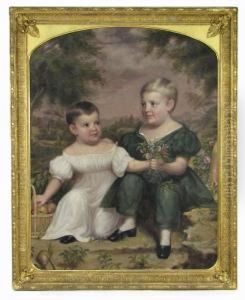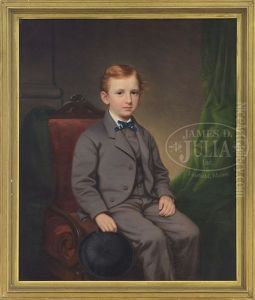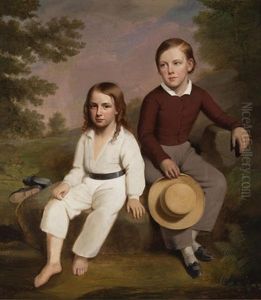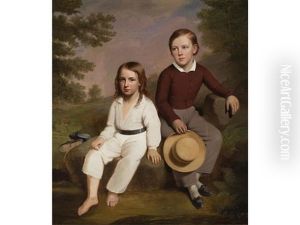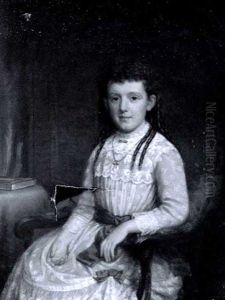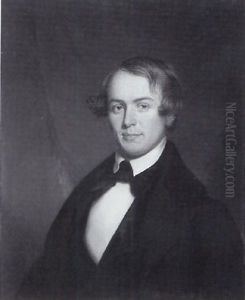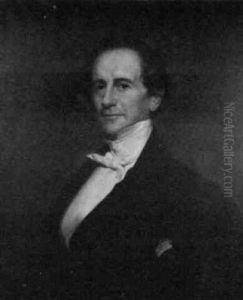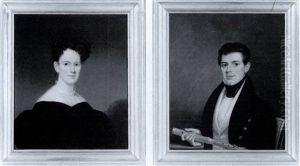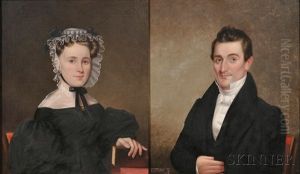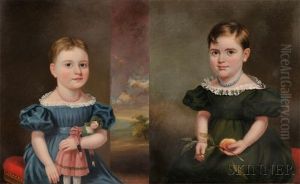James Sullivan Lincoln Paintings
James Sullivan Lincoln was an American portrait and landscape painter, primarily known for his work in Providence, Rhode Island. Born on April 19, 1811, in Fall River, Massachusetts, Lincoln began his career as a house and sign painter. His affinity for art led him to pursue a more formal education in painting under the tutelage of Francis Alexander in Boston, who was one of the leading portraitists of the time.
After his apprenticeship, Lincoln returned to Providence in 1837, where he quickly became a prominent figure in the local art scene. He was recognized for his ability to capture the likeness and personality of his subjects. Lincoln painted portraits of many notable figures of his day, including Rhode Island governors, mayors, and other prominent citizens. Beyond portraits, he also produced landscapes and historical scenes, which were well-received by his contemporaries.
Lincoln was a key member of the Providence art community throughout his life. He played an instrumental role in establishing the Providence Art Club in 1880, which was one of the earliest art clubs in the United States. Lincoln's commitment to fostering an artistic community in Providence helped to lay the groundwork for the city's cultural development.
Throughout his career, Lincoln exhibited his work at various institutions, including the National Academy of Design in New York. Despite his regional fame, he did not achieve the same level of national recognition as some of his peers. However, his contribution to the arts in Providence and his legacy as a teacher to many young artists ensured that his impact would last well beyond his lifetime.
James Sullivan Lincoln passed away on February 18, 1888, in Providence. His works continue to be appreciated and are held in several collections, including the Rhode Island School of Design Museum and the Providence Athenaeum. Lincoln's dedication to his craft and his influence on the Providence art scene make him a noteworthy figure in the history of American art, particularly in the context of the 19th-century New England art movement.
